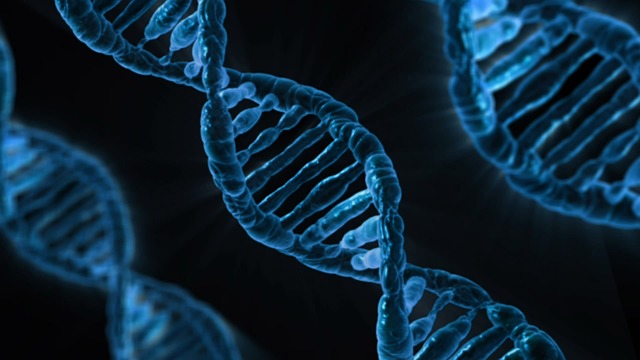
The great genetic overhaul of the energy sector started some years ago.
Energy companies that were used to sell fluids in protected and regulated environments begin to sell energy services in a highly competitive context.
The manufacturers of electro-technical products expand their offerings and now sell software, recipe solutions and services.
Historic providers of energy services, once focused on the operation and maintenance of boilers and heating systems, gradually develop services that consume less field labour.
Facility managers are also expanding their scope to the energy management of buildings.
The list is endless. But do all these movements, that seem so natural, offer all the expected satisfactions? We can draw some learnings from the past experiences.
These offers’ enlargements have been made either by internal growth or through acquisitions: new businesses are often slow to grow and integration of acquired companies is not always idyllic.
When they were developed in the original companies, new businesses often have difficulty being profitable: energy services delivered by utilities are an example. It is rare that my utilities customers deploy them successfully. Many are still in a phase where it is still important to gain awareness on the market as a service provider.
In all cases, new activities are also “on the side” of the organizations that developed them: synergies with the “historical” teams are slow to emerge, the “aspiration effect”, expected from the awareness of large companies, makes little sense.
In the case of acquisitions, the governance of new activities is either very far from these activities or confrontational and biased with mutual misunderstandings. There are several levels of friction:
– The business: A software vendor or a service activity often maintains a difficult relationship with a products’ manufacturer.
– The field of activity: The heat, electricity and gas activities are often separated and well identified within organizations.
– The technological intensity: A highly technological activity often builds an almost autarchic culture around its expertise and competence, difficult to reconcile with a low technological culture of a parent company.
In many cases, a company remains permanently faithful to its DNA. A products’ supplier manages its service activity previously acquired, through its products supplier prism. The initial DNA of an energy company determines the way it sees the market, the commercial approach it deploys, its mode of decision making, its speed of execution and many other characteristics. The desire for internal uniformity and simplicity lead these energy companies to impose their DNA to a new activity or an acquired company giving the latter a sterile growth environment.
Make its DNA evolve is of course possible. It takes time as this evolution must deeply permeate the company and its management. It also requires a very strong will to ensure consistency and perseverance on the path of this evolution: each acquisition, each new business creation must include an organizational, human, cultural and managerial component that is crucial. If the overall plan is successful, synergies and expected economic results will be surely achieved.
Otherwise, the energy company can expect to manage a collection of independent activities and will often have to accept poor results.




Leave a Reply